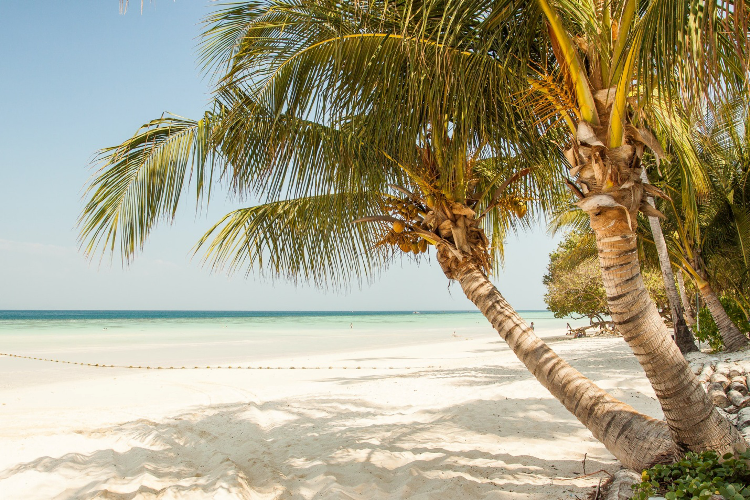
The famous palm trees of Miami Beach on the verge of being cut down. COURTESY
As a poster child for the climate emergency, Miami Beach has become a world leader in mitigating the effects of sea-level rise. Now the subtropical Florida city is cutting back on its famous swaying palm trees as it seeks shadier alternatives to preserve its environment and try to keep residents and visitors cool.
Officials have embarked on a 30-year plan to reduce the percentage of palm trees in the city to only one quarter of its total canopy by 2050, according to the Miami Herald. Currently, Arecaceae palms account for more than 55% of the city’s population of 48,900 trees.
The cutback is needed, the newspaper says, to reduce urban warming and improve air quality, and about 1,000 palm trees will be removed in the coming weeks as part of already scheduled construction projects.
But Elizabeth Wheaton, the environmental and sustainability director for Miami Beach, said there was no plan for any mass chopping down of palms, which have been a staple of postcards and travel brochures depicting Miami for generations.
Instead, the percentage reduction will be largely achieved by planting about 1,300 new shade trees instead of palms over the next two decades, which she said would make the city “more walkable and pleasant.”
“Expanding shade canopy will enhance the city’s brand and quality of life,” Wheaton wrote in an email to the Herald. “Palms will continue to be a focal point along the city’s roads, green spaces and parks.”
According to the urban forestry master plan that forms part of Miami Beach’s Rising Above initiative to combat the climate crisis, about 17 percent of the city’s 15.2 sq-mile footprint has a tree canopy.
The plan details the environmental benefits of planting shade trees, including species such as oak, ash, elm and sycamore, in place of palms. For example, a 16in trunk diameter live oak tree would remove 510lb of carbon dioxide, 20oz of harmful ozone, and intercept 725 gallons of rainfall per year.
By contrast, a native sabal palmetto palm of the same dimensions would absorb only 2.7lb of carbon dioxide, 1.7oz of ozone and 81 gallons of rainfall.
“Trees have been proven to be one of the most effective tools for mitigating the effects of climate change,” the plan, drawn up by urban and landscape experts in conjunction with the Florida forestry service, states.
“Palms, while an iconic part of Miami Beach’s landscape, have moved from being an accent plant to a major component of the city’s urban forest. General guidelines for species diversity state that no family should make up more than 30% of a city’s tree population.”












0 Comments